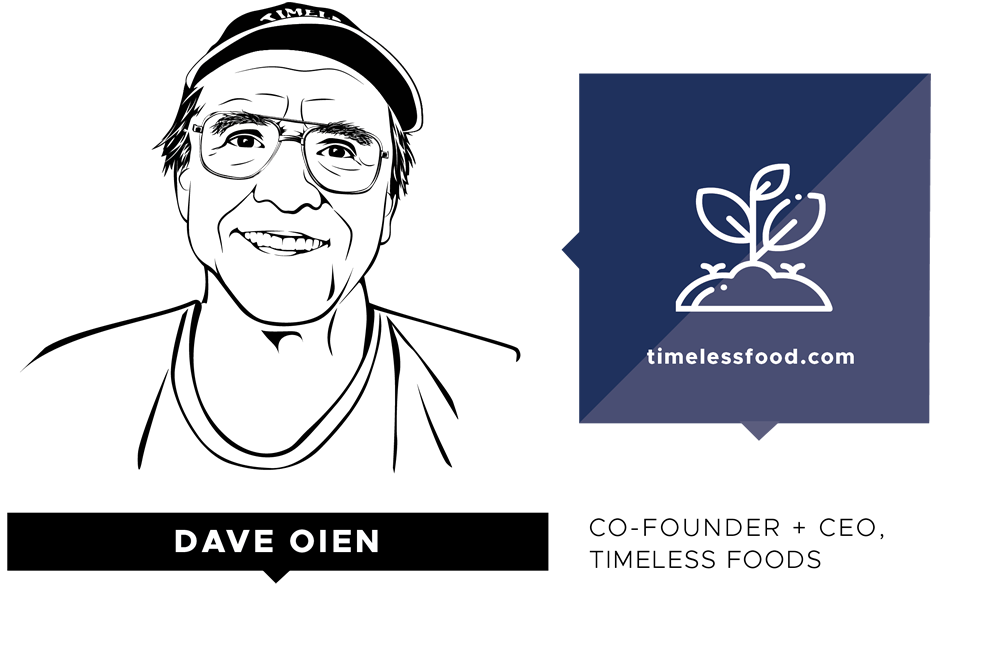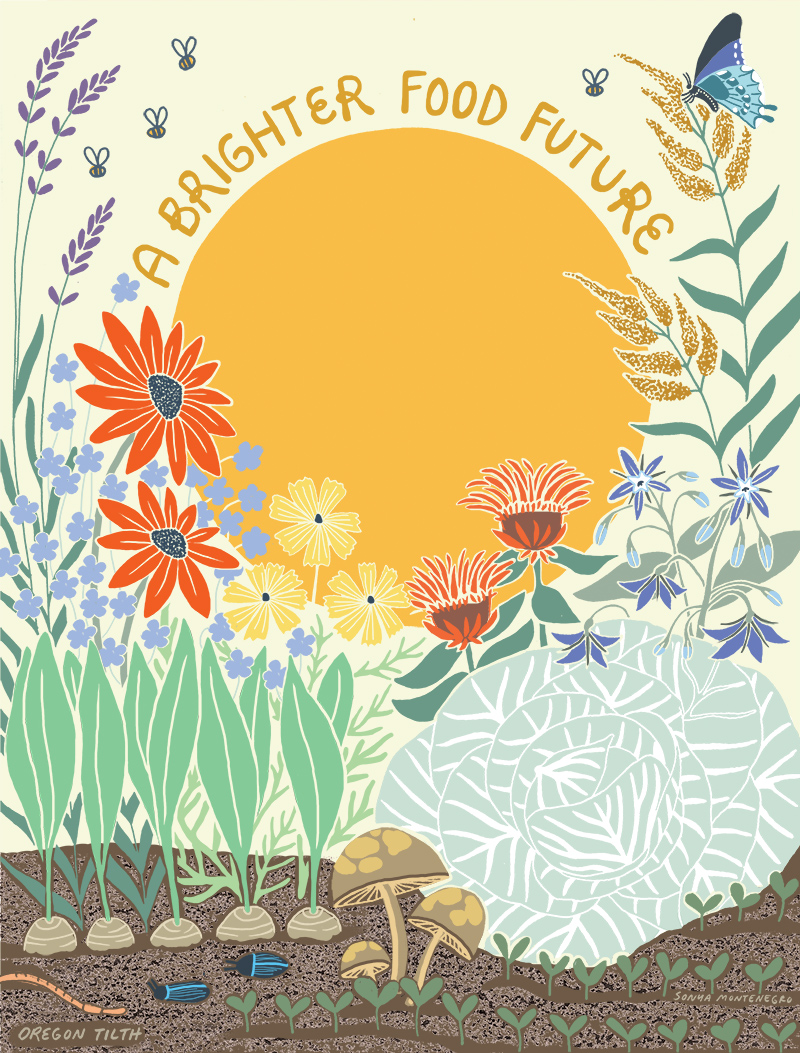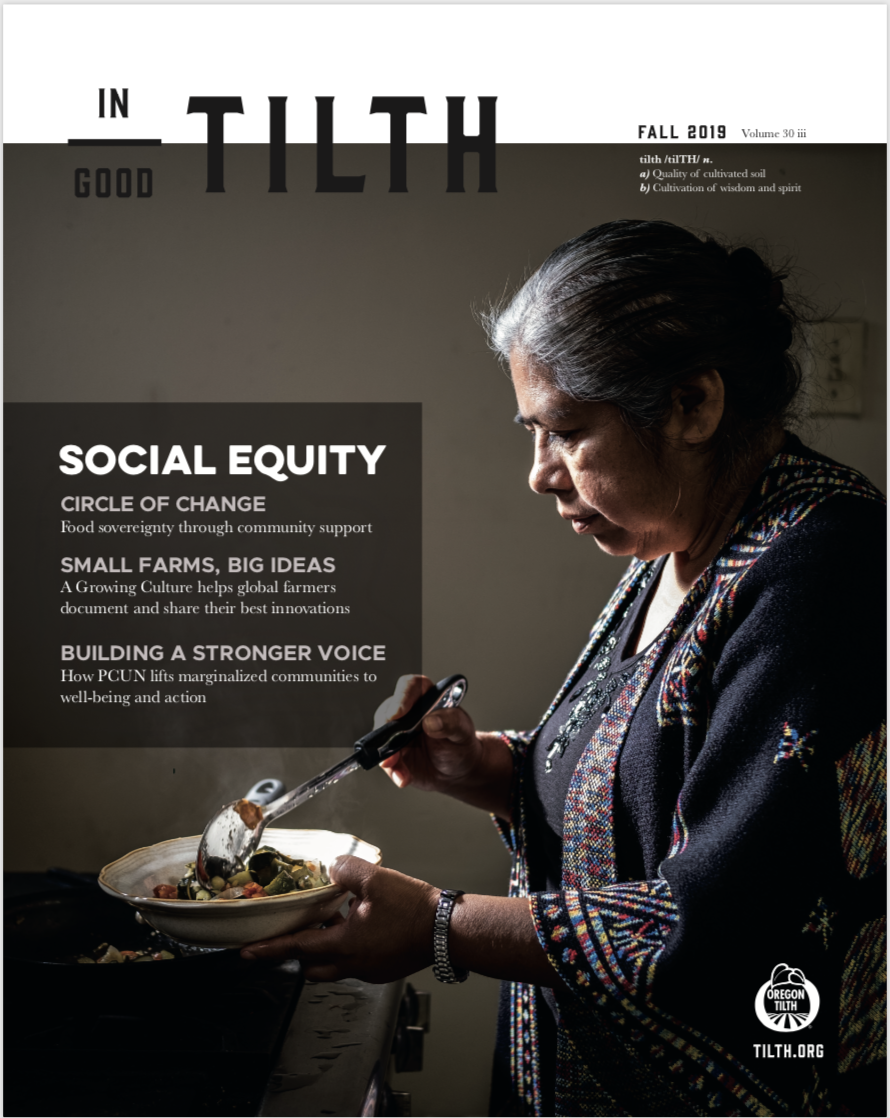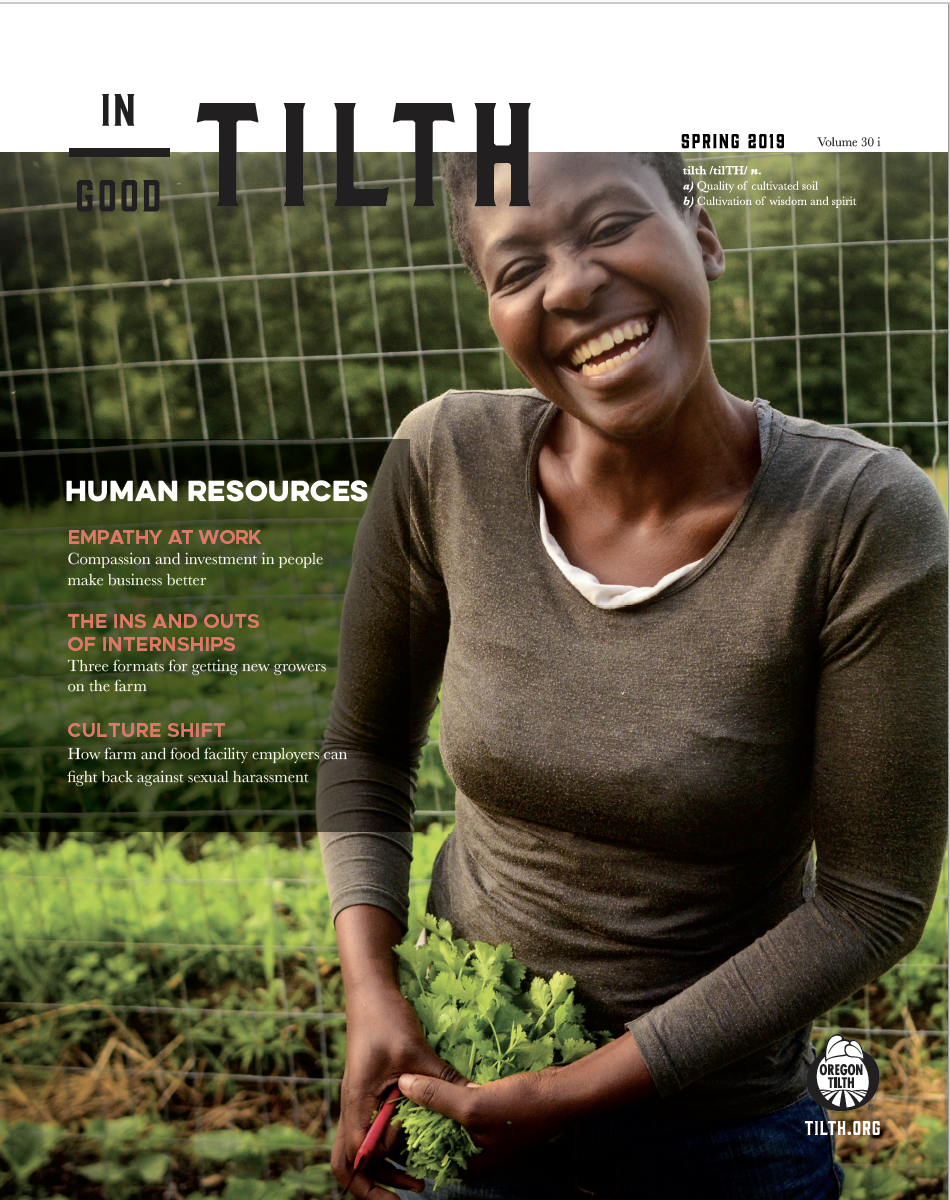Hear from some of the leading changemakers and visionaries helping create a brighter food future. Each issue we chat with a farmer, a chef, a consumer advocate and a food producer, learning about what challenges and opportunities we face across all parts of our food system on a specific topic.

What are the barriers to transparency in supply chain transactions?
The infrastructure is very fragmented. The trade flows are not rational, and there are too many participants in each transaction. That makes transparency tricky at best and impossible at worst. And the participants aren’t motivated to get out of their black-box mentality, so basically nothing changes from the conventional commodity markets.
How do you maintain healthy relationships within your supply chain?
We have a fundamental philosophy to work with like-minded people and organizations. This means working with a high degree of transparency, delivering on our promises and being creative in developing solutions. Our team consists of farmers and former food company executives, so we know can empathize with all parts of the supply chain.
What supply chain innovations excited you?
The Pipeline Foods business model is integrating a complete supply chain approach — from farm engagement with our Farm Profit Program, to execution through our assets and logistics departments, to solving for consumer demands through our Procurement Solutions approach. When we stitch this all together using technology to enhance transparency and traceability, we will have delivered on our promise of developing sustainable supply chains in agriculture.

What are the barriers to transparency in supply chain transactions?
We’re trying to trail blaze an up-and-coming category of fresh, organic Asian products. A lot of ingredients aren’t available organically, or if they are, they’re being imported. And there’s a lot of cloudiness about that. It might be certified organic, which is a great first step, but I would like to know more — the variety, who’s producing it, where it’s being produced, the climate of where it’s being produced — all those things you get when you can have a direct relationship with a producer.
How do you maintain healthy relationships within your supply chain?
We use both distributors and direct relationships with producers that we trust. I want to know that they’re available and that I can have a conversation with them. We have worked closely with Hummingbird Wholesale, and they have been a real open door for us.
What supply chain innovations excited you?
I want to become involved in forward contracting, which I think of as mutual risk. A lot of times, a chef or processor asks for something like fenugreek leaves. A farmer grows it, and then people aren’t actually buying it even though they said they wanted it. I can see a time when I am seeking out people to grow things for us or produce things for us — doing that in a mutually beneficial way where we’re sharing risk of crop sales.

What are the barriers to transparency in supply chain transactions?
It’s now a global marketplace, even in the organic industry. There’s really not equivalency country to country. The biggest challenge is the scope of the supply chain and the diversity of it. It’d be great if there were country-of-origin labeling that took place on all products, but it’s really not required.
How do you maintain healthy relationships within your supply chain?
It’s easy for us because we deal directly with farmers. We visit their farms two or three times a year. One of our founding directives is transparency in our organization and the farms that we work with. Our mission for the past 30 years has been to promote organic production and support family farms within our grower base. If we don’t know somebody, we don’t buy from them.
What supply chain innovations excited you?
We recently hired a full-time agronomist who is focusing on organic production and working with the Montana State University. I’m excited to offer our growers more scientific-based information and advice. We started this company 30 years ago, so all of us have decades of practical experience to share. But we really have not had the scientifically based information that I think is now possible due to MSU helping us figure out organic agronomic practices.

What are the barriers to transparency in supply chain transactions?
The largest supply chain barrier is length. The longer the chain, the harder it is to see the end. We try to keep our supply chain as short as possible. We want to create transparency and tell the story of the farmer. In some cases, we are the farmers. You can’t get a shorter chain than that. The biggest barriers are created by the people and business in the middle. They like to keep closed doors so that they can make their cut.
How do you maintain healthy relationships within your supply chain?
We keep very open relationships with our farmers and ranchers. We speak with them regularly, usually weekly, to talk numbers, hanging weights and prices. There are always shifts in the market, but setting a static price per pound for future contracts helps keep our farmers comfortable and our budgets in line.
What supply chain innovations excited you?
MilkRun. They are an end-to-end distribution platform with an online marketplace front end. They are incentivizing farmers who are already delivering to restaurants in cities to make retail drops on their existing routes. It’s created a retail channel for Revel Meat Co. that never existed before.



















